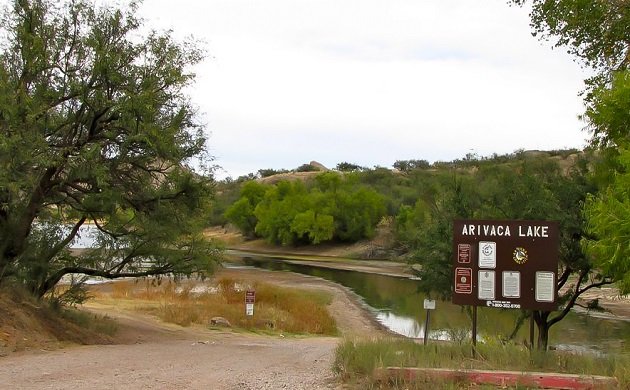
For most avian migrants heading south towards Mexico, Central and South America, crossing thru the Arizona desert areas can provide very few water, food and resting areas. If they are passing thru Pima County, and the Tucson area, Arivaca Lake is the last stop for water before crossing the US/Mexico border. This 90 acre lake, managed by Arizona Fish and Wildlife is about a 45 mile drive from Tucson, and 9 miles from Mexico, as the Chihuahuan Raven flies. The layout of the lake has many small fingers that provide shelter, shallow water and many dense areas of Willow and Cottonwood trees. Human access is very limited to the lake, with very few hiking trails around the lake, mostly to the south area, which provides good viewing points to much of the lake. Boats are allowed, but no gas motors can be used. Kayaks are popular, as well as small boats with electric motors give the occasional bass fisherman a way to navigate the lake.
Certainly what I would consider to be an under birded area, eBird.com lists 232 species on 397 total check lists. From my house in Tucson, it is about an hour and a half drive, on all paved road until the last 6 miles. The balance of the drive on the dirt road is a bit bumpy, and should be avoided if there is rain in the forecast, due to a small, but potentially wet creek crossing. There are very minimal services at the lake, one boat ramp, one restroom, and several “dry” campsites, all thought they are ½ a mile or more back from the lake.
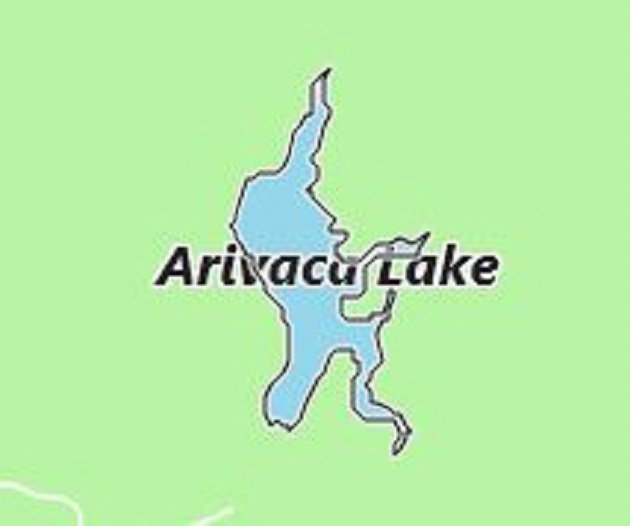
On my last couple of visits, California Gulls, Ring-billed Gulls, Ruddy Ducks, Common Gallinule, Western Grebe, Eared Grebe and Pied-billed Grebes were on the water. In addition, on Friday of this week, there was a huge amount of American Coots. One raft along had over 380 birds in it. Virtually every species of duck from North America has been seen here at one time or another.
Here is a shot of that large raft of American Coots. The kayaker acts a great scale to the size of the large flock of birds.
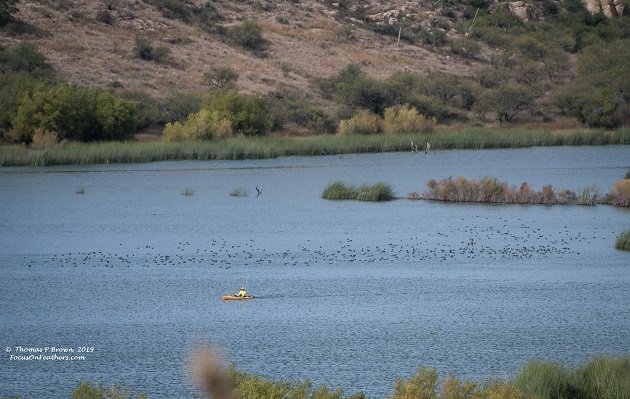
Great Egrets, Great Blue Herons, Green Herons, Ospreys and Belted Kingfishers patrol the shoreline and many small coves. Gila Woodpeckers and Ladder-backed Woodpeckers are seen in the Cottonwood trees, especially near the boat dock.
Here is one of our local Ladder-backed Woodpeckers.
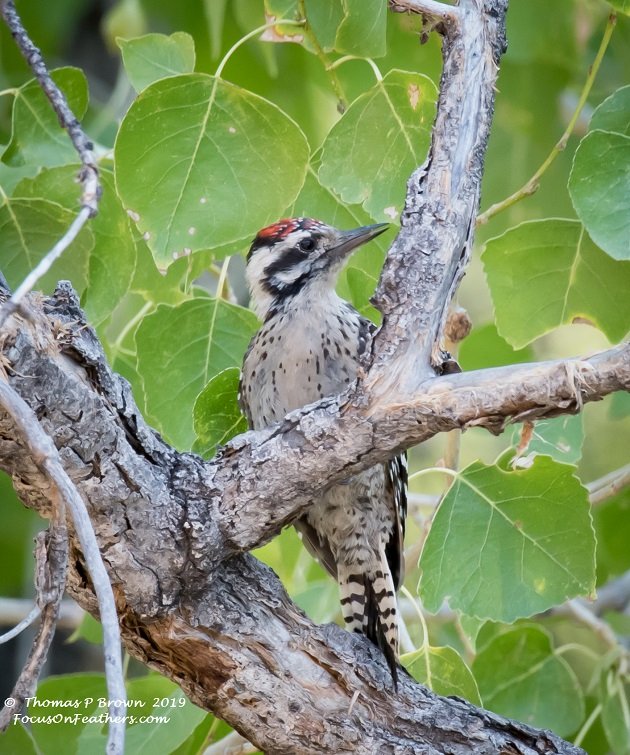
Here are a few of those Ruddy Ducks, perhaps the most common duck in this area.
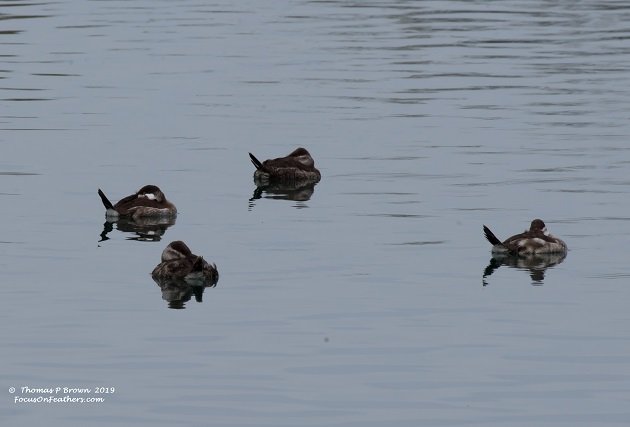
Many migrant warblers spend time amongst the willows and reedy areas as well. Orange-crowns, Mac Gillivray’s, Yellow, Black-throated Gray, Yellow-rumped, Townsend’s and Virginia’s Warblers have all been seen around the lake. Dowitchers, Killdeer, Spotted and Solitary Sandpipers are common on the muddy shores of the southernmost bay. The previously mentioned Chihuahuan Ravens are pretty common, along with their cousins, the Common Raven. On my last couple of trips, I have several Loggerhead Shrikes.
Many of the desert region raptors take advantage of this plethora of food choices, such as Zone-tailed Hawks, Red-tailed Hawks, Common Black Hawks, and American Kestrels. Both Turkey Vultures as well as Black Vultures can see seen circling over head.
Here are a few of those Black Vultures…a bit high for a great photo but sometimes you take what you can get.
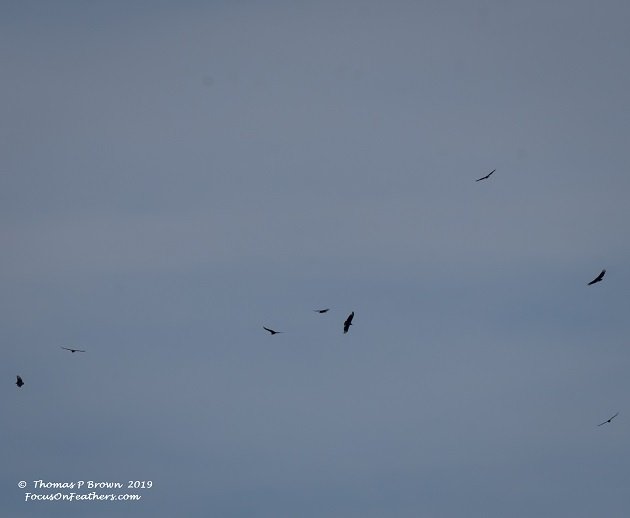
I know I have just barely touched on the variety of birds you might see here, depending on the time of year you visit, so I suggest you plan a visit to this wonderful area sometime, you won’t be disappointed.
Both Western and Cassin’s Kingbirds are pretty common. Here is one of those Cassin’s.
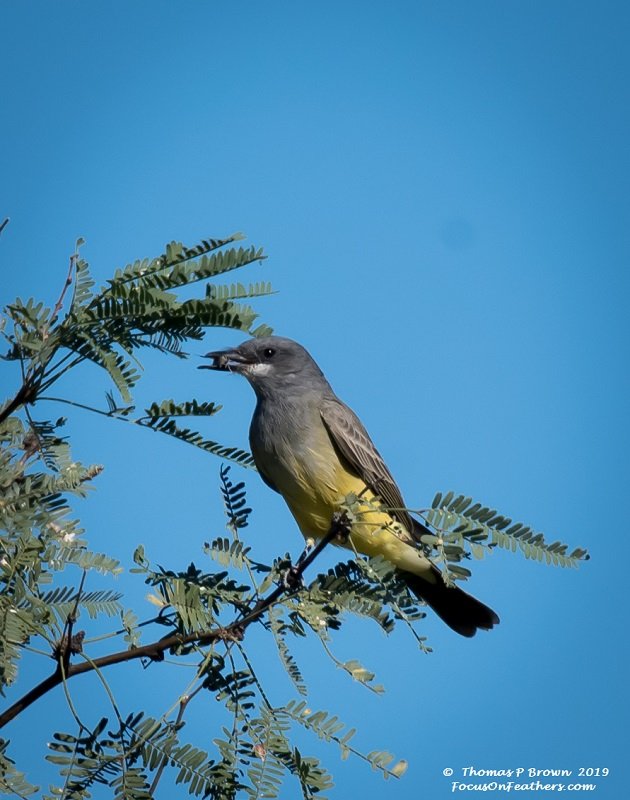











Leave a Comment